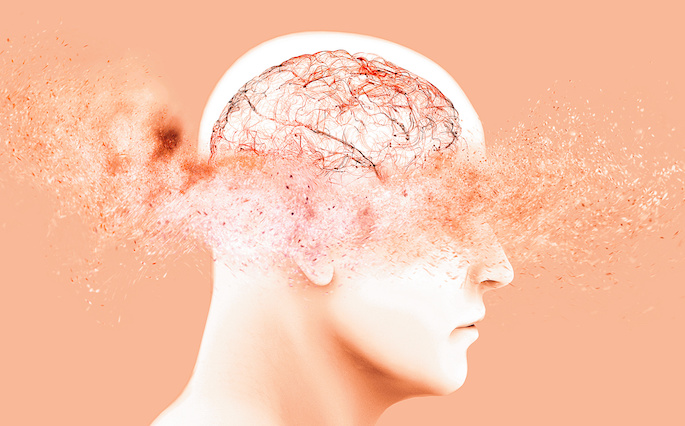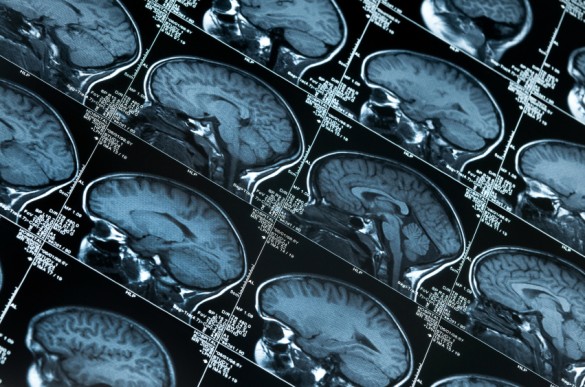Dopamine medications are effective in treating the motor symptoms of Parkinson’s Disease (PD), but dopamine agonists can trigger impulsive-compulsive behaviors (ICBs), such as compulsive gambling, eating or shopping, in a subset of patients. ICBs are thought to be caused by overstimulation of the mesocorticolimbic dopamine network, which regulates reward learning and executive function.
In a collaborative effort with Manus Donahue Ph.D., Daniel Claassen, M.D., and colleagues explored the neural underpinnings of ICBs in PD using a noninvasive imaging technique called arterial-spin-labeling (ASL)-MRI. ASL-MRI quantitatively measures cerebral blood flow (CBF), an indirect measure of brain metabolism and activity.
Comparing PD patients with and without ICBs, the researchers found that dopamine agonists increase CBF in brain regions of the mesocorticolimbic network only in patients with ICBs. They also found a link between dopamine agonist-induced changes in the mesocorticolimbic network and the expression of ICBs as well as their severity across all PD patients.
This study, published in Movement Disorders, highlights the potential of using ASL-MRI to predict ICB susceptibility in patients and improve clinical treatment plans.
This research was supported by grants from the National Institute of Neurological Disorders and Stroke (NS097783, NS080988), the American Heart Association, and an award from the National Center for Advancing Translational Sciences (TR000445).
Send suggestions for articles to highlight in Aliquots and any other feedback about the column to aliquots@vanderbilt.edu














